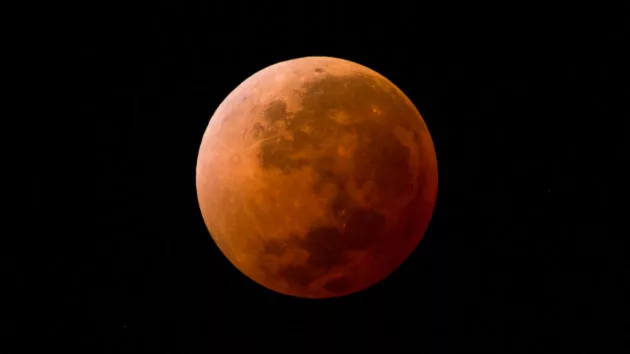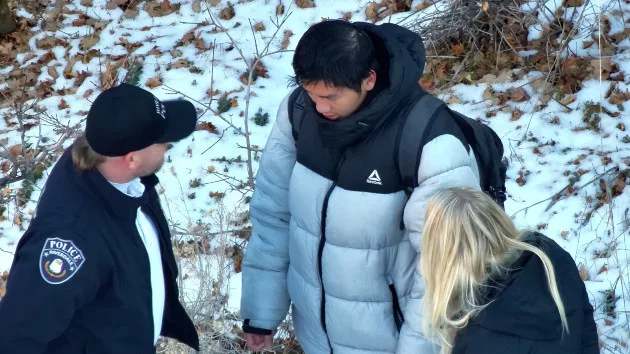
(NEW YORK) — NASA revealed on Wednesday that “the building blocks of life on Earth” may have been found in an asteroid sample collected from space.
The preliminary analysis of the contents of the OSIRIS-REx (Origins, Spectral Interpretation, Resource Identification and Security — Regolith Explorer) mission was unveiled at the Johnson Space Center in Houston and streamed online.
“The OSIRIS-REx sample is the biggest carbon-rich asteroid sample ever delivered to Earth and will help scientists investigate the origins of life on our own planet for generations to come,” NASA Administrator Bill Nelson said during the announcement.
“Almost everything we do at NASA seeks to answer questions about who we are and where we come from. NASA missions like OSIRIS-REx will improve our understanding of asteroids that could threaten Earth while giving us a glimpse into what lies beyond. The sample has made it back to Earth, but there is still so much science to come — science like we’ve never seen before,” he said.
Last month, the capsule landed in the Utah desert after a seven-year mission to snare a batch of rocks from the asteroid Bennu, located about 200 million miles away.
The samples from the asteroid contained abundant water in the form of hydrated clay minerals and molecules, which may have led to the formation of lakes, oceans and rivers, Dante Lauretta, principal investigator of OSIRIS-REx and a professor of planetary science and cosmochemistry at the University of Arizona, said.
Danny Glavin, senior scientist for sample return in the Solar System Exploration Division at NASA Goddard Space Flight Center, said 5% of the asteroid was made up of carbon, which is the “highest abundance of carbon measured in any extra-terrestrial sample.”
He said this may explain how asteroids seeded Earth “with chemicals that led to the building blocks of life.”
The team said the samples will also help answer questions about how the solar system formed and what precautions to take to avoid asteroid collisions with Earth.
The samples have been stored in a special room at the Johnson Space Center, where all the Apollo moon rocks were also processed, NASA said.
The room also protects the Bennu samples from Earth’s humidity and atmosphere.
“Our labs were ready for whatever Bennu had in store for us,” said Vanessa Wyche, director of the Johnson Space Center. “We’ve had scientists and engineers working side-by-side for years to develop specialized gloveboxes and tools to keep the asteroid material pristine and to curate the samples so researchers now and decades from now can study this precious gift from the cosmos.”
Lead OSIRIS-REx sample curator Nicole Lunning — who is responsible for taking care of the samples after landing — said they will be sent to three museums so members of the public will be able to examine them.
Prior to the reveal, Lunning told ABC News that any scientist from the broader community who requests a sample will be able to receive one as soon as possible.
“There are hundreds of scientists around the world who are super excited to be able to study these samples to answer new scientific questions that we haven’t been able to answer with the samples that we have on Earth right now,” she said.
NASA said the team will characterize and analyze the samples, with at least 70% kept at Johnson for further research by scientists around the world, including future generations of scientists.
Copyright © 2023, ABC Audio. All rights reserved.





